Welcome to my review of the Sony Alpha a7 Mark IV.
As always, I purchased this gear with my own money, I have no sponsor and there are no affiliate links on this site.
You can find an audio version of this review below in which I go into a bit more detail or continue reading to see a more concise written version.
Subscribe Here: Apple Podcasts | Google Podcasts | Stitcher | Spotify | RSS
As you may know from previous reviews, I try to take a more casual approach and make it more real world based than purely technical. Regardless, I hope you enjoy it and provides some value to you.
My History with Sony
I’ve owned the Sony Alpha A7 Mark IV for roughly 6 months now.
At one point I had zero temptation for this camera and didn’t see myself ever owning it. That obviously all changed which is why I’m now able to write my own review for it.
This camera isn’t a brand new release so I’m sure there’s many other reviews out there, but I’ll try to make mine somewhat different. As you may know from previous reviews, I try to take a more casual approach and make it more real world based than purely technical.
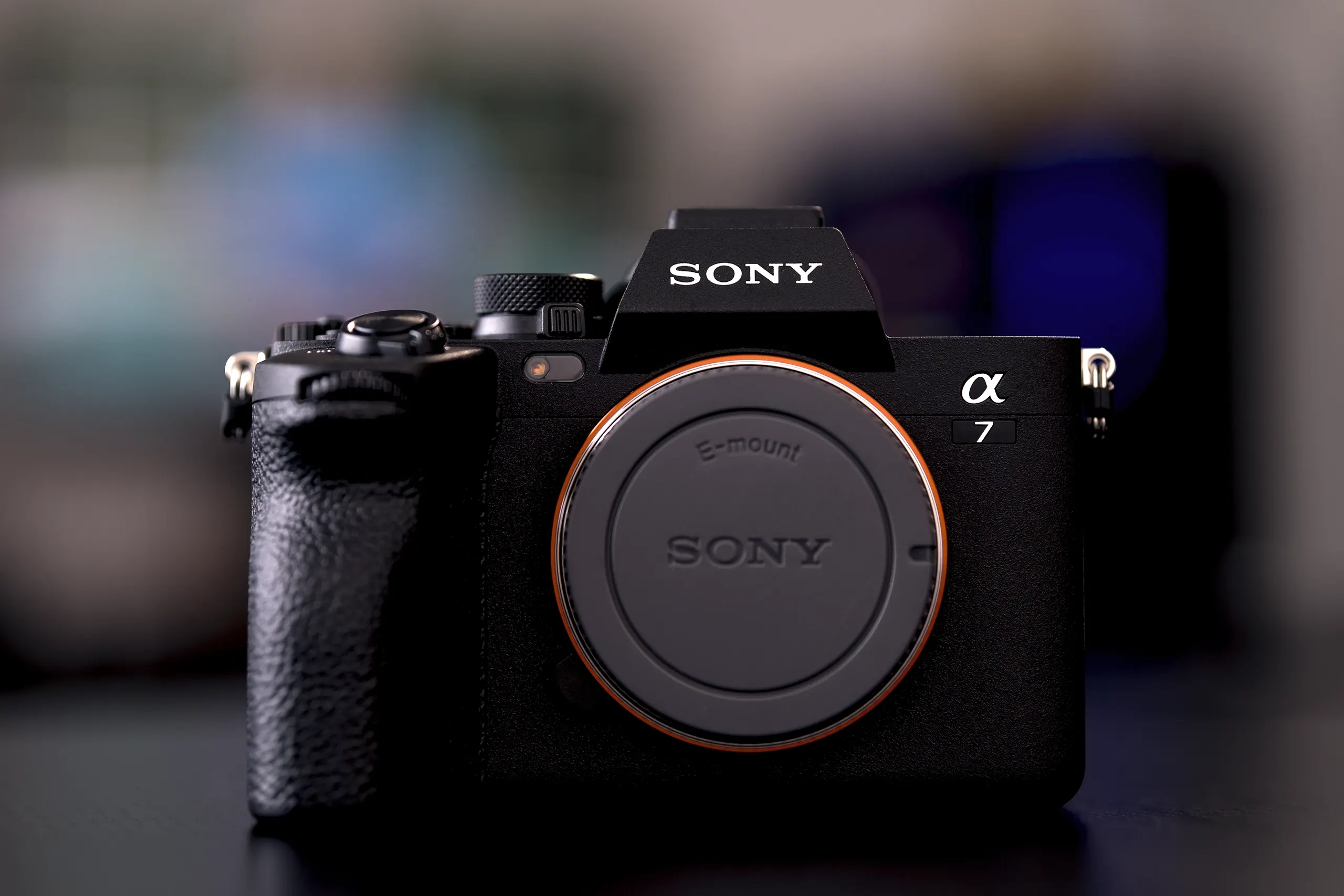

I usually like to own a body for quite some time before I review it but as I own the predecessor (the Sony Alpha a7III), there’s a sense of familiarity with not only this body but the Sony system in general.
Although this review is focused more on the actual body in question, I strongly believe a camera is only as good as the lenses available for it, so you need to judge the system as a whole.
Now here goes with the review.
The Journey Back to Sony Land
When I was using the Canon EOS R6 I found myself really happy with the body itself with no real major complaints. The main area I was unhappy with was in terms of the lenses available for the RF mount.
Canon have some arguably great options in terms of budget lenses (albeit with some compromises which are usually aperture related or the AF motor) and their high end RF L lenses are also undeniably great but at a high cost.
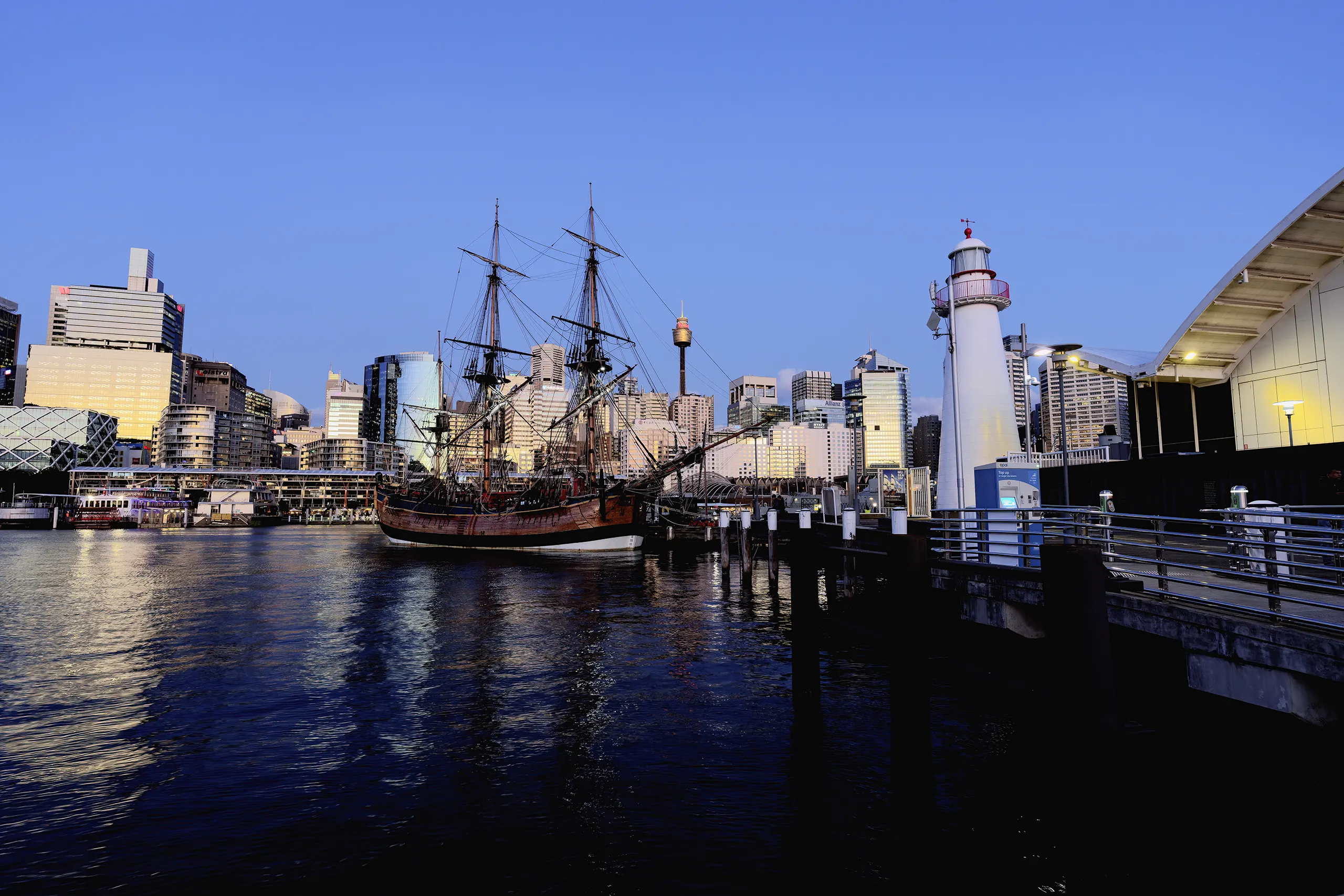
For some photographers EF lenses can be a good option. The problem is when you compare them to modern third party options along with Sony’s first party options, the price of them is nowhere near being worth it in many markets like Australia, Europe and the UK.
This is where my dilemma begun. I wanted a wide angle lens for the RF mount but when reviewing my options I found that the options from Sony were just that much more appealing. The more I looked, the more I realized that if I was to swap to Sony again it would solve all my lens related issues.
This was the beginning of the end for my Canon gear.
Why the Sony Alpha a7 Mark IV Fits Well
When it comes to the Sony body itself, you’ll find there’s a lot to love about it. In saying that I do find it more matches the competition than does anything that really makes it stand out or gives it some huge advantage.
For what I shoot the 33mp is a nice balance between resolution and file size. The ISO performance is quite decent on this camera too considering the higher resolution compared to my last body.
For many people the 33 Megapixels (mp) compared to 20mp on the Canon R6 (or 24mp on the R6 Mark II) would be a huge advantage which it definitely can be. I have used this to my advantage for a few images when I needed to crop quite a bit but still wanted a decent sized image. In all fairness for me I still wouldn’t really care if this was 20mp as I’d be fine with or without it.
One welcome change I notice compared to the a7III at least is the better autofocus thanks to real time tracking. Out of the box I didn’t really find the tracking to be that great but thankfully after adjusting the AF to make it stick to subjects (much like what the “Cases” do on Canon bodies) I would say it’s almost neck and neck with the Canon EOS R6.

Thankfully with Sony bodies they have something called “Zebra Highlight Warnings” which lets you know when highlights are about to be blown which really helps to properly expose your image. With the Canon R6 these weren’t present when shooting and the only option to see them is during playback which is much less convenient when compared to having them right there in your EVF as you shoot.
My last point would be regarding the images I get from this body which is where the lenses mentioned earlier in the article come in. Since I’ve owned this body, I got brand new Sony and third party lenses for cheaper than Canon RF/EF lenses which are often heavier and not as great optically when you take the EF ones into consideration.
Below is a very basic comparison of wide angle options from both brands:
| Lens | Canon RF 14-35mm f/4L IS | Canon RF 15-30mm f/4.5-6.3 IS | Canon EF 16-35mm f/4L IS | Sony FE 16-35mm f/4 G PZ | Sigma 16-28mm f/2.8 DG DN Contemporary |
| Price | $2,179 | $858 | $1,756 | $1,535 | $1,099 |
As you can see the options from Sony are much more compelling. Even comparing the 16-35mm’s alone, the Sony lens is lighter (353g vs 615g), cheaper (I actually paid $1400 for mine on sale), newer and optically better. Obviously, they aren’t equal as one has IS and the other doesn’t, but considering the bodies have IBIS and these would mainly be used for landscapes I’d still consider the Sony better value (especially since I bought the EF 16-35mm for only $1000 AUD in 2017 so it’s very overpriced now).
I loved shooting Canon and still think the Canon R6 was arguably a slightly better body but their anti third party policy was enough for me to want to swap brands.
What I Miss About Canon
Like anything in life there’s some negatives to balance out the positives and this camera is no different.
The things that do bother me about this camera obviously aren’t deal breakers otherwise I wouldn’t have owned it for as long as I have and would have sold it a while ago. In saying that, let’s get into what I don’t like about it.
I’m not the type to shoot at high ISO’s much but when you do it’s great to still have a clean image. On the Canon EOS R6 I found that not only the high ISO performance was excellent but the characteristic of the noise itself was very subtle which made it easy to correct.
On the Sony I do find it to be more pronounced and not on the same level as the Canon. This could be due to the fact that the a7IV has 13 more megapixels than the Canon R6 but I also just find the character of the noise to be harsher on the Sony.

Next up is the IBIS (in body image stabilization). Let me start by saying the IBIS isn’t bad on the Sony but I do feel it if was better on the Canon. Don’t take this as fact but from what I remember reading, Canon designed their IBIS to work in conjunction with the lens IS whereas I believe Sony had designed theirs more on its own.
I also recall seeing a comparison that showed the Canon to have better IBIS when combining it with lens IS although when both relied solely on IBIS, they were equal in performance. Majority of my Canon lenses were stabilized so that would likely explain why I found it to be better on the R6 although I’m sure I’ll get used to it again on the Sony.
Now when it comes to AF, this one is a bit harder to draw a line in the sand. What I personally found was out of the box, the Canon had a decent advantage. Once I tweaked a few settings on the Sony to make the AF stick to a subject and not let go like what “Case 2” does on the Canon R6, I would say they are pretty much neck and neck. The only area I’d say Canon had the slightest advantage was in Eye AF which I’ve noticed it can hit at further distances and more side angles than the Sony.
Lastly the single thing I miss the most from the Canon R6 is a bulb timer. The Sony a7RV has one and it could easily be added to the a7IV so I’m really hoping Sony add it in a firmware update. It makes long exposures possible without the need of a remote and would be greatly appreciated.
The Images
Below is a collection of images I’ve taken while owning the Sony a7IV.



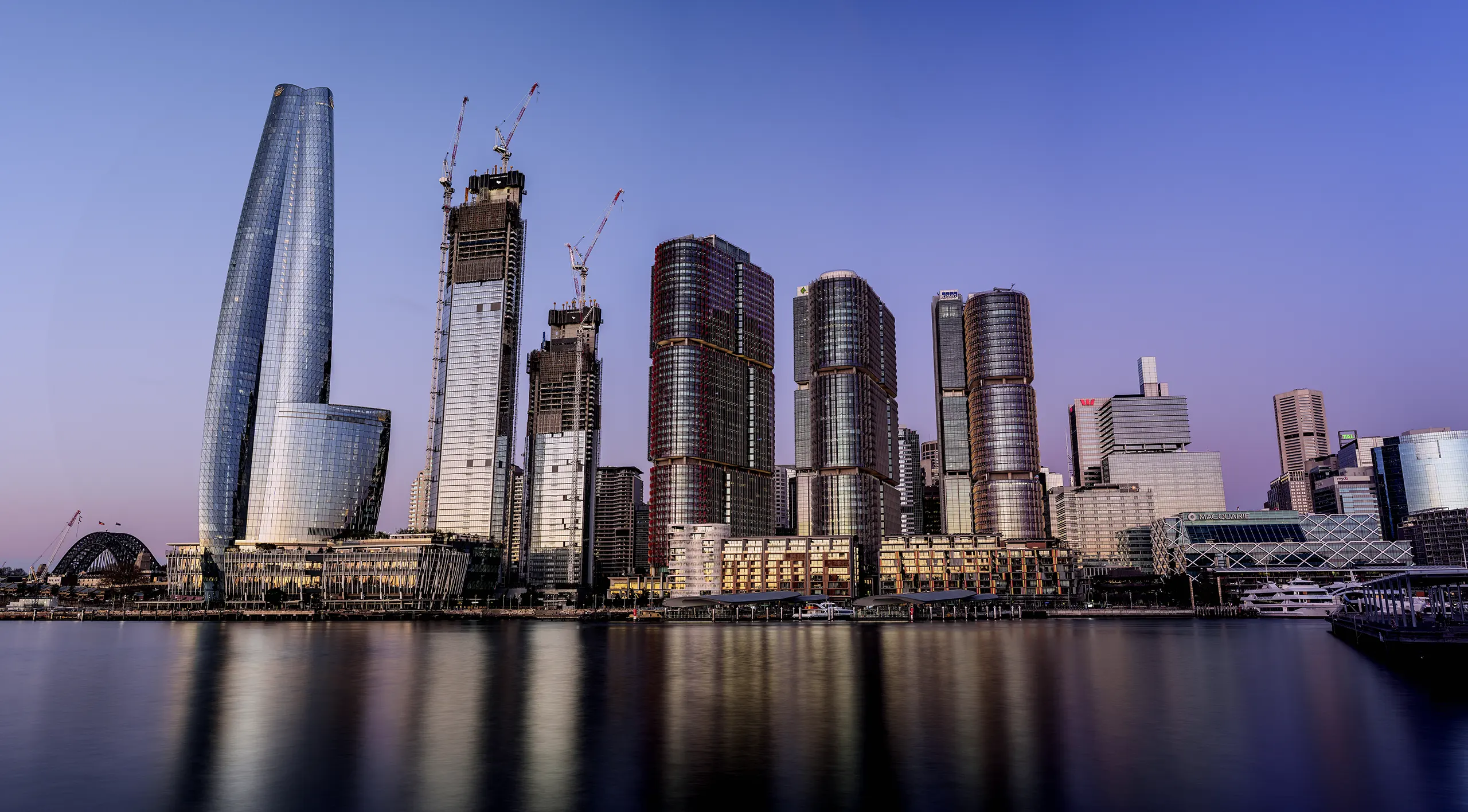

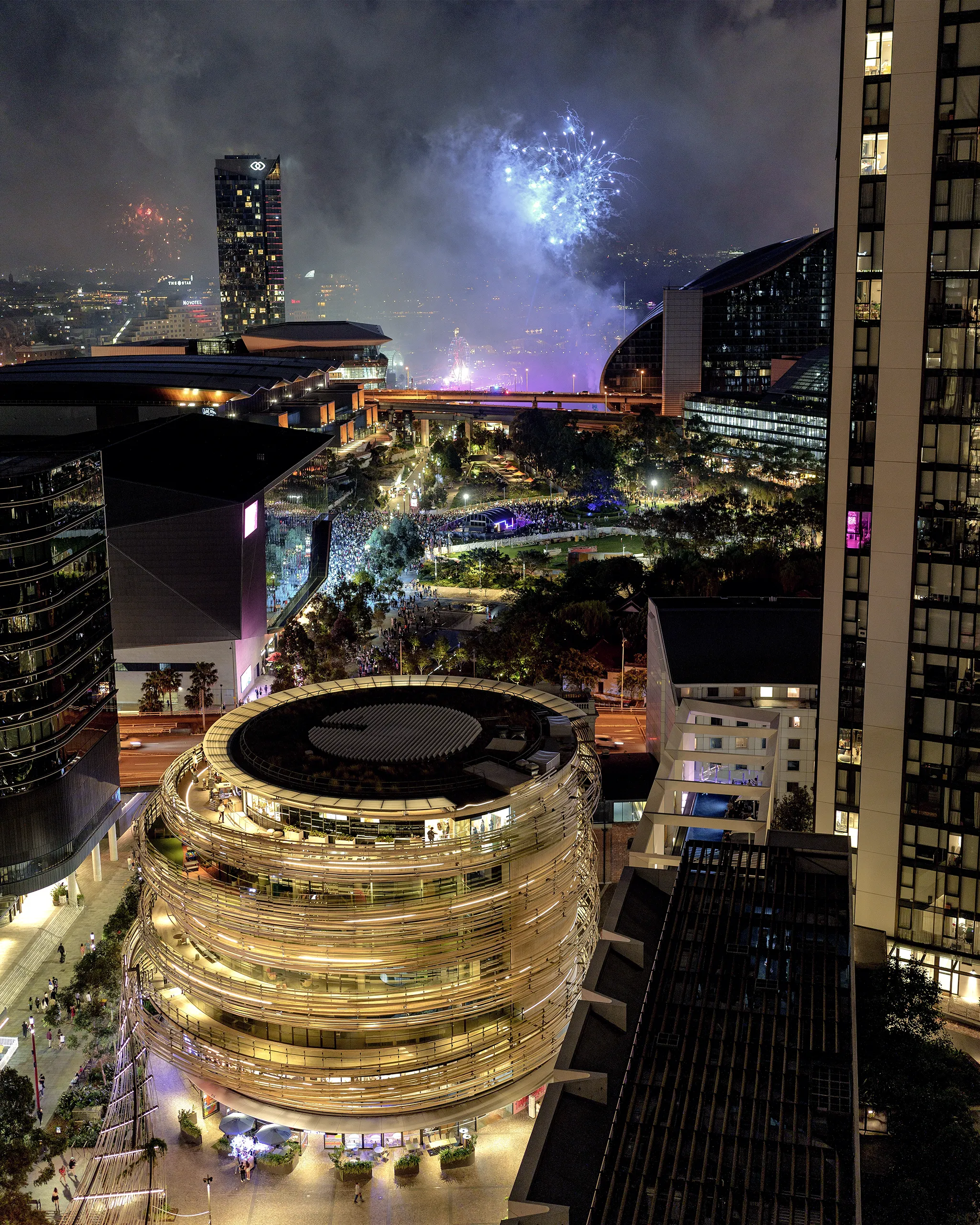

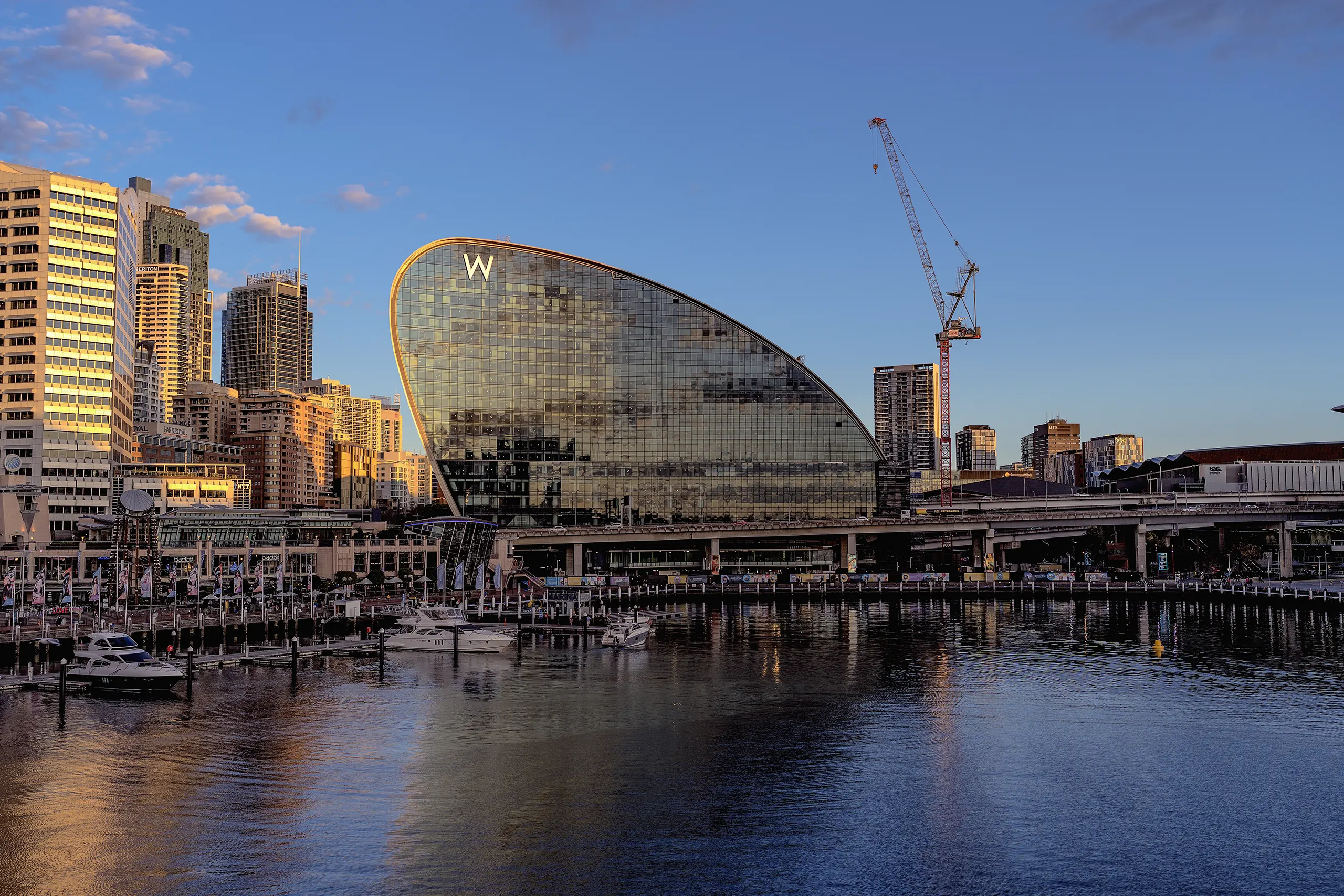


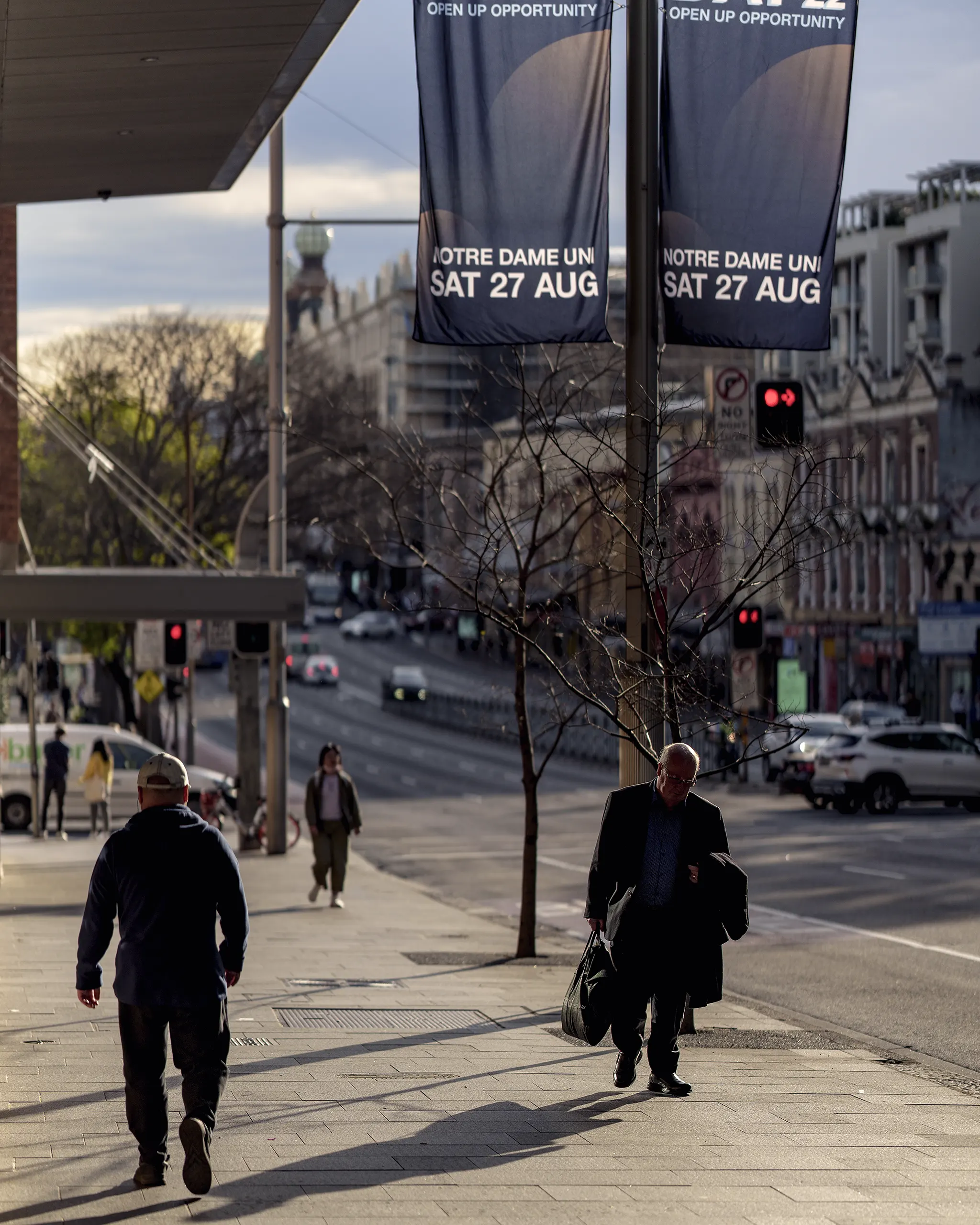

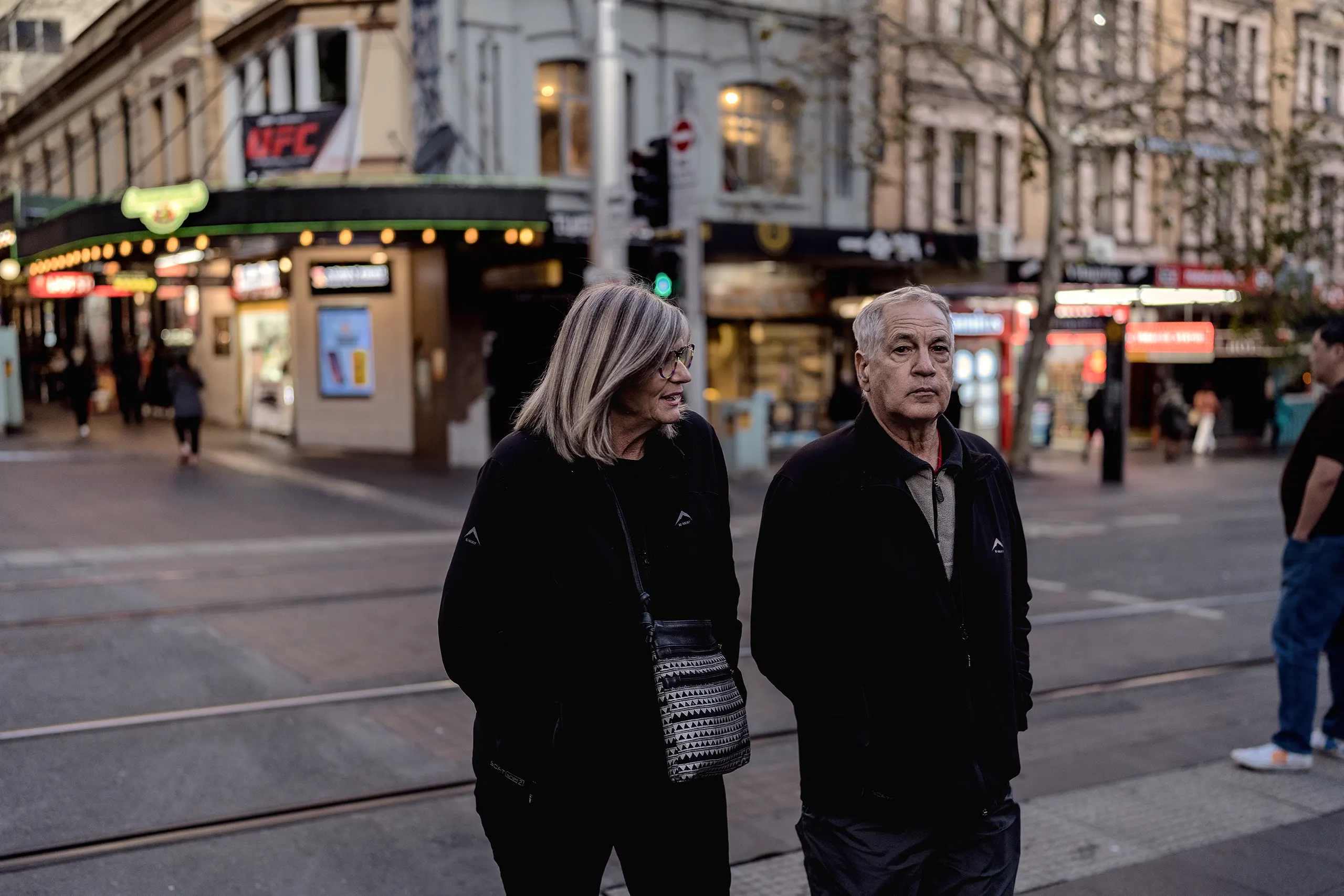







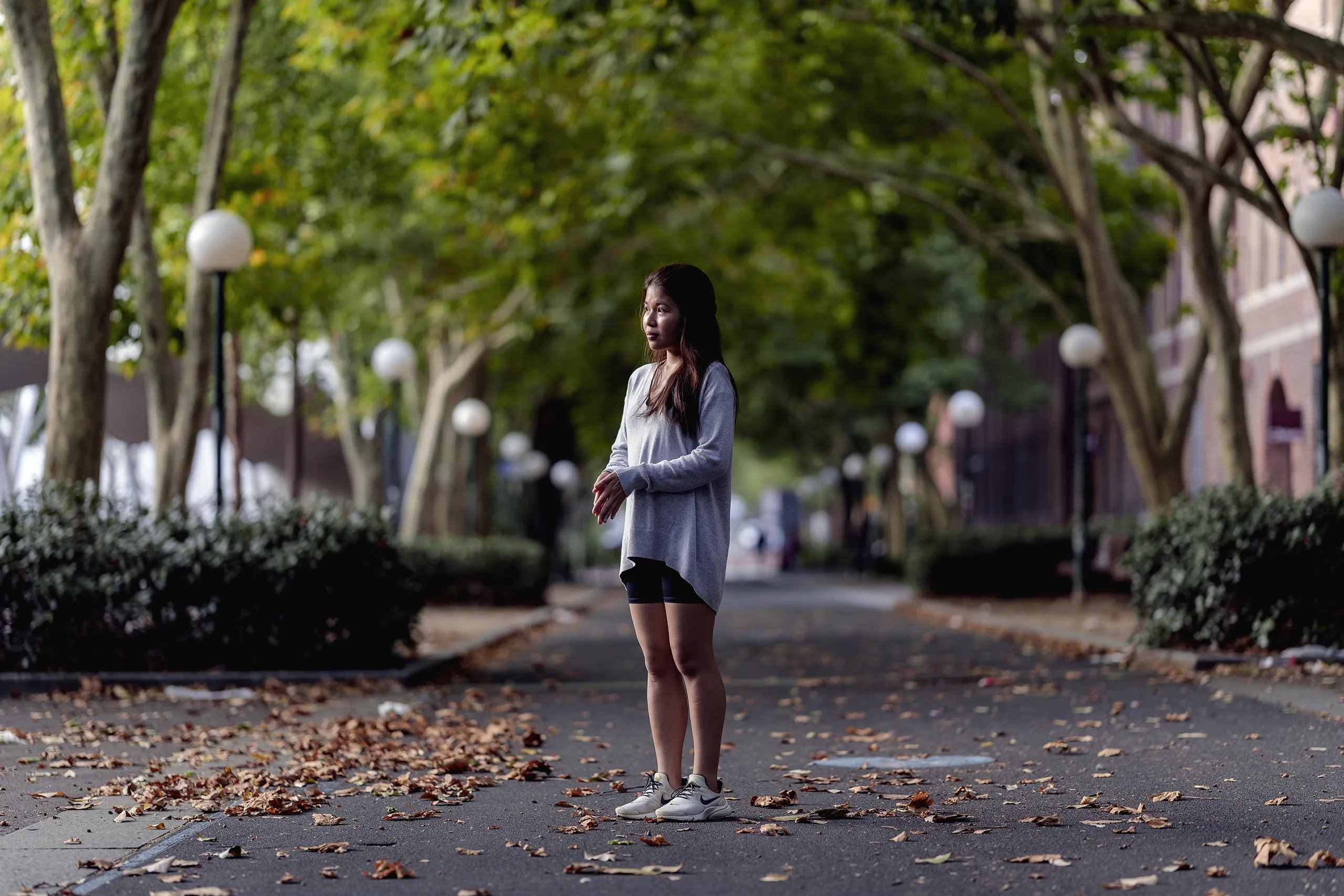
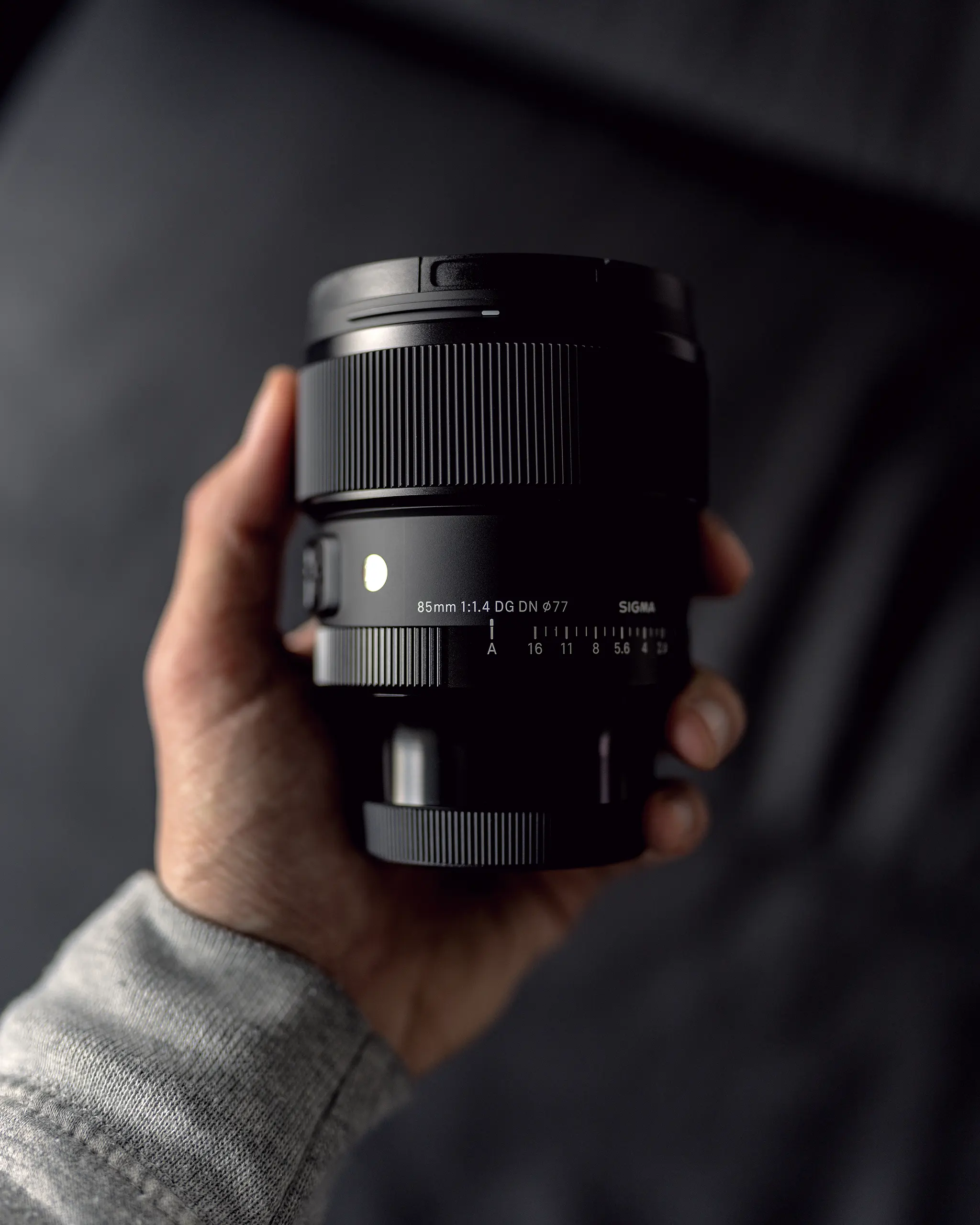








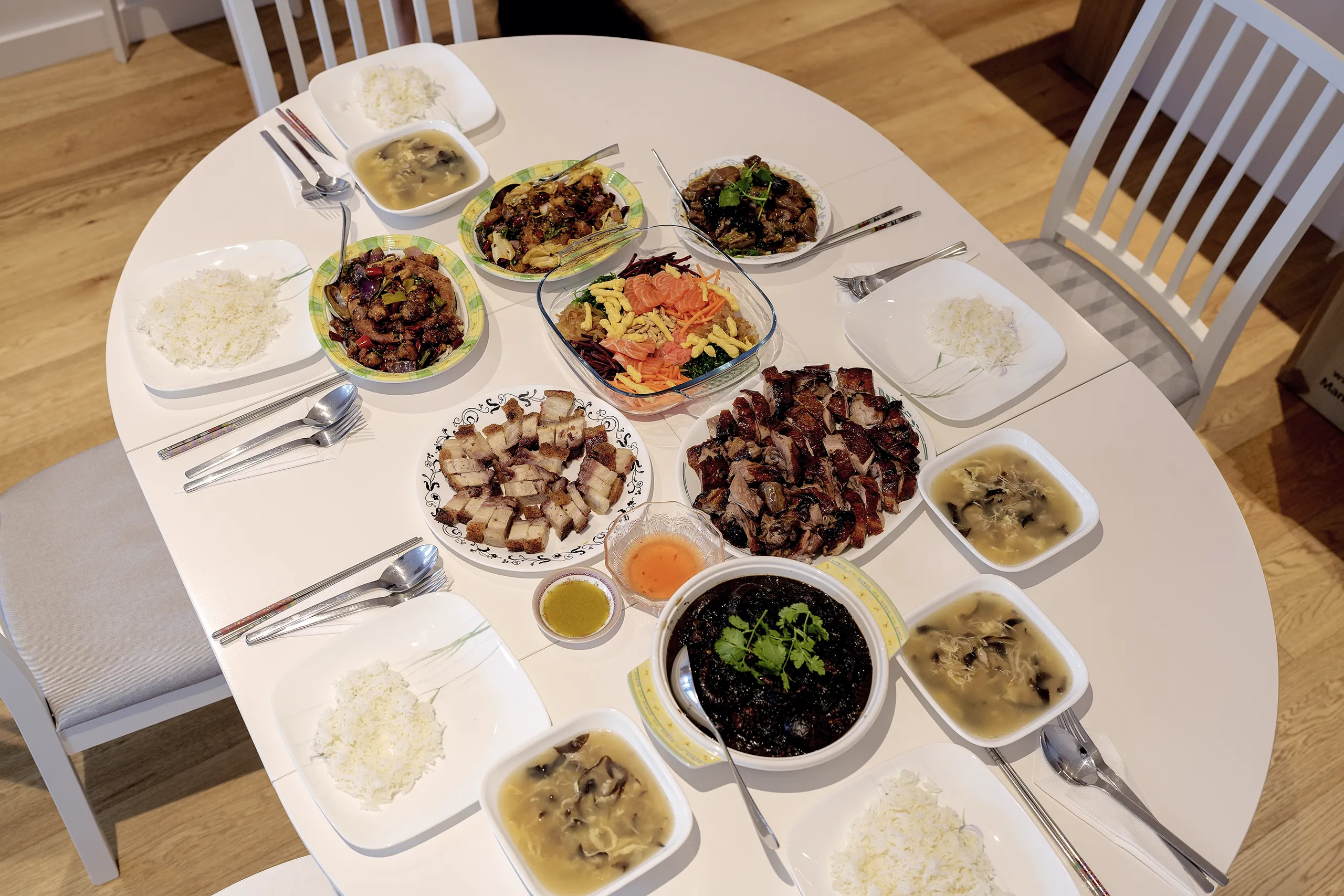

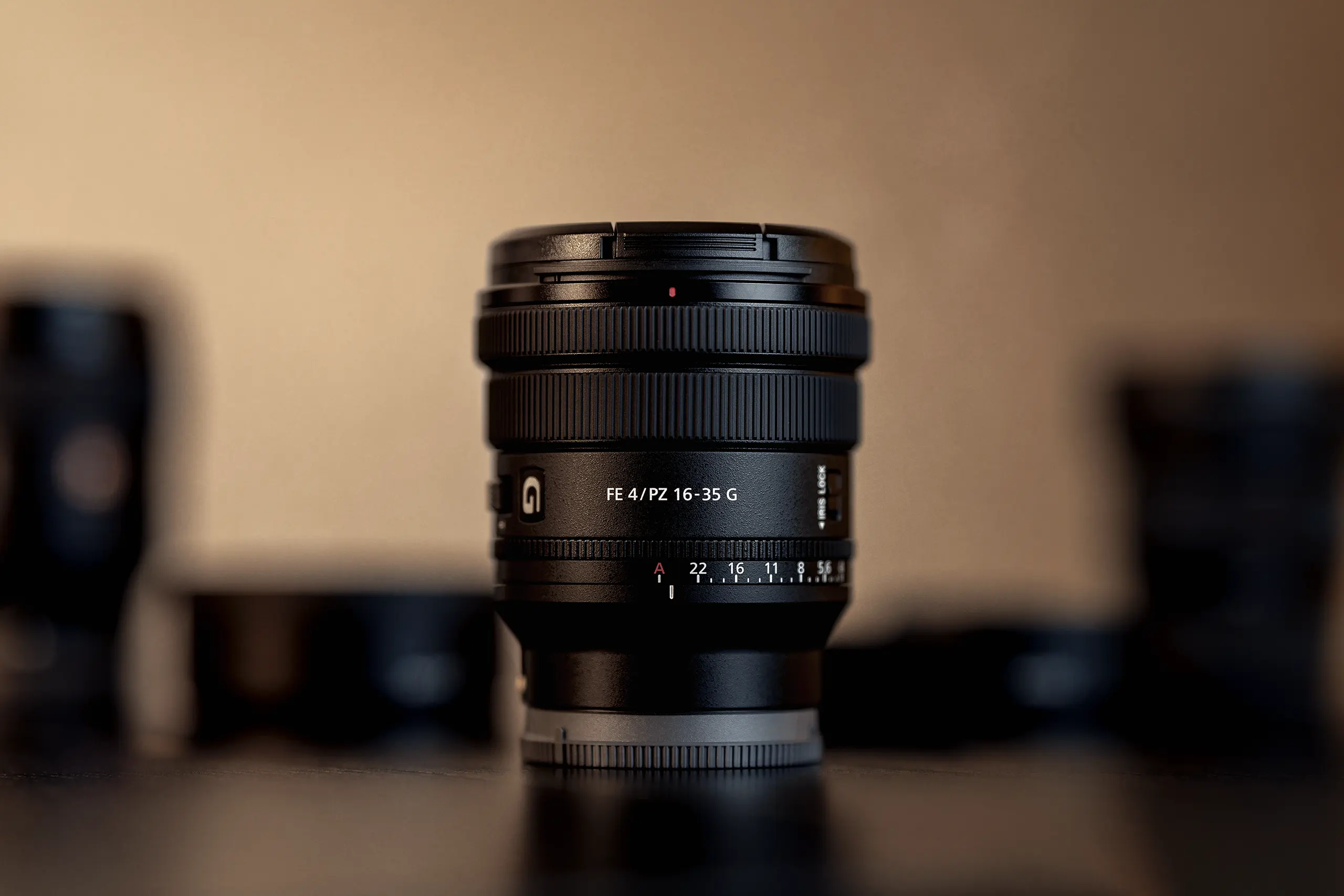







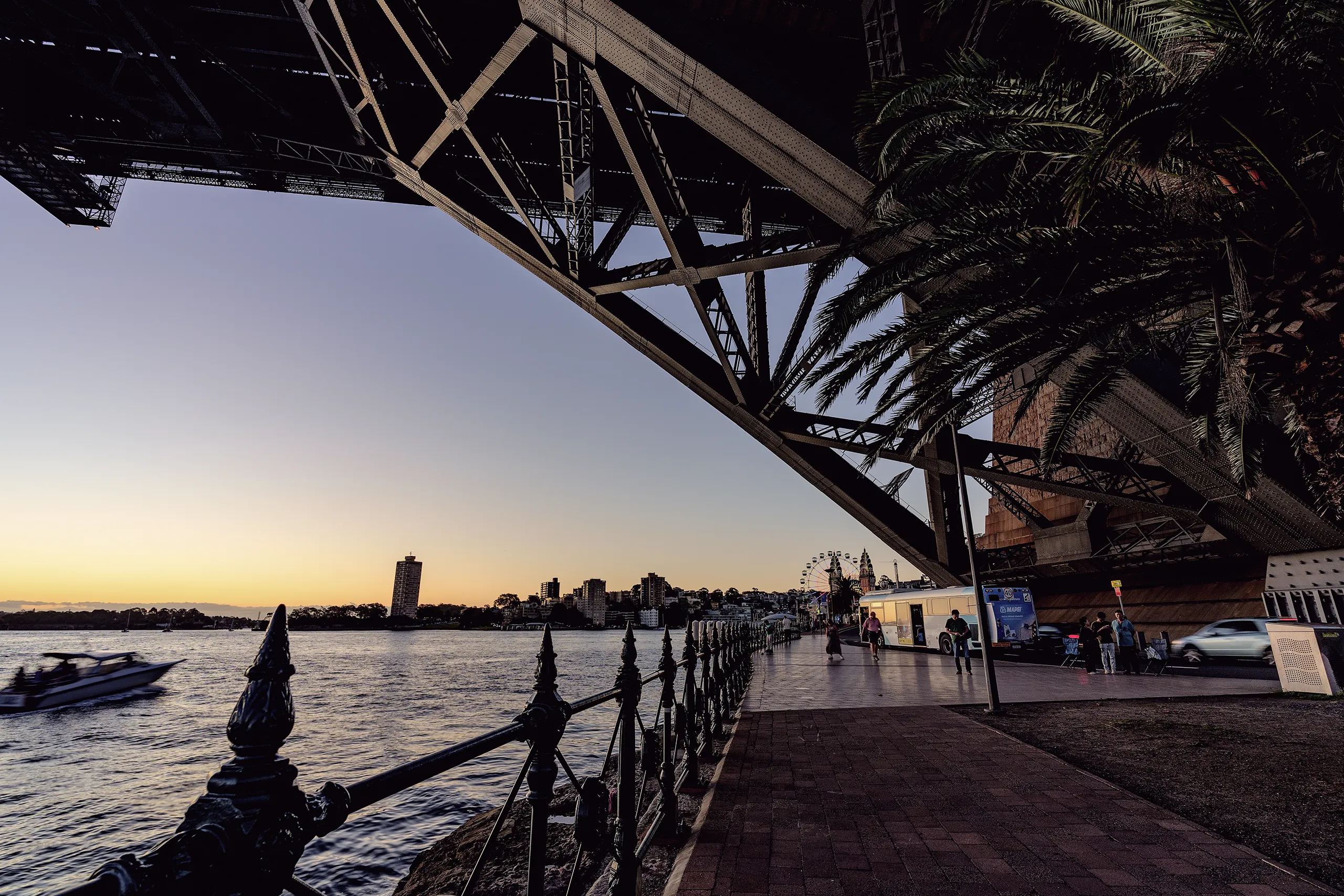



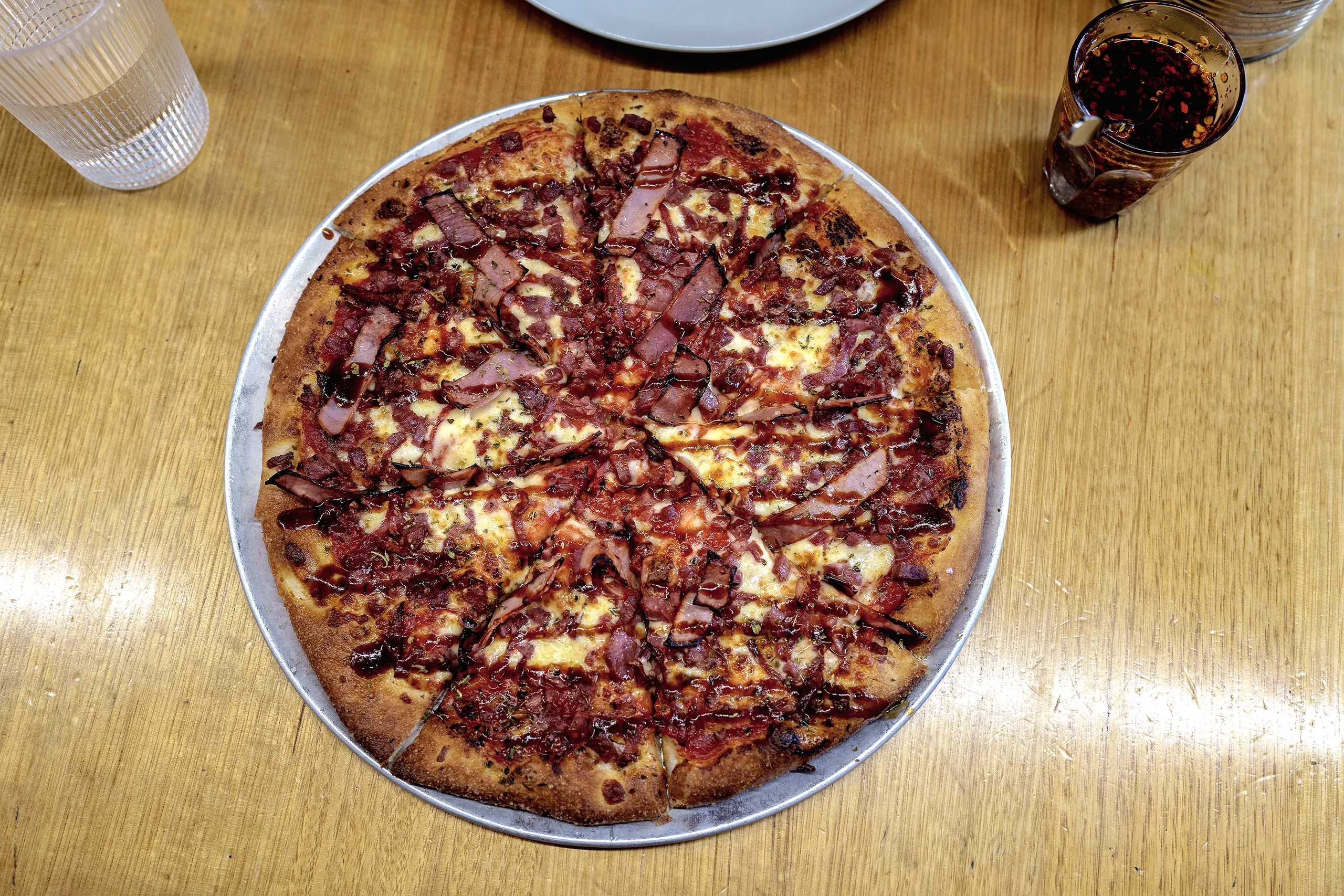


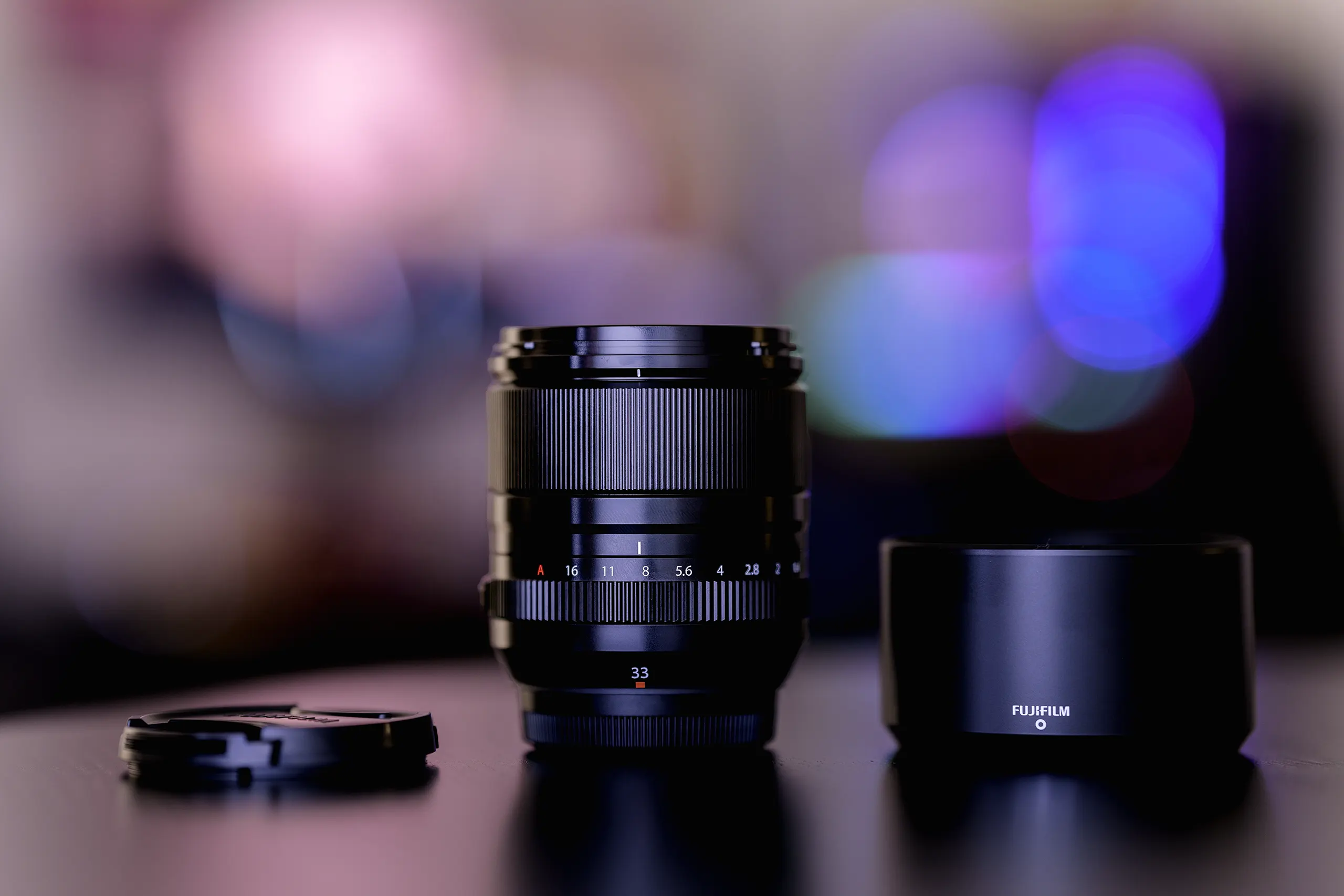


Summary
With any camera I firmly believe it’s more about the ecosystem than it is just one single lens or body. The Sony Alpha a7IV provides you with a body that can match the competing brands offerings in the same price range but gives you a large library of excellent yet affordable lenses at all price tiers. This body may not seem compelling enough for those upgrading from an a7III but if you are looking to move over to Sony, this is an excellent starting point that will continue to deliver.
What I like
- Image quality & dynamic range
- Lens selection
- General autofocus and tracking
- Price
What I don’t Like
- Eye autofocus could be slightly better
- No bulb timer
- IBIS not as effective as some competing brands
- High ISO performance
Build
Image Quality
Autofocus
Price
If you enjoyed this review, please consider subscribing below to be notified of new posts by email.
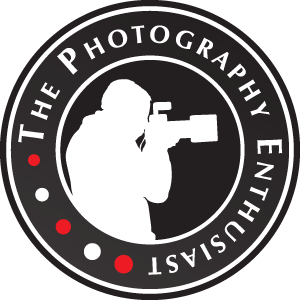
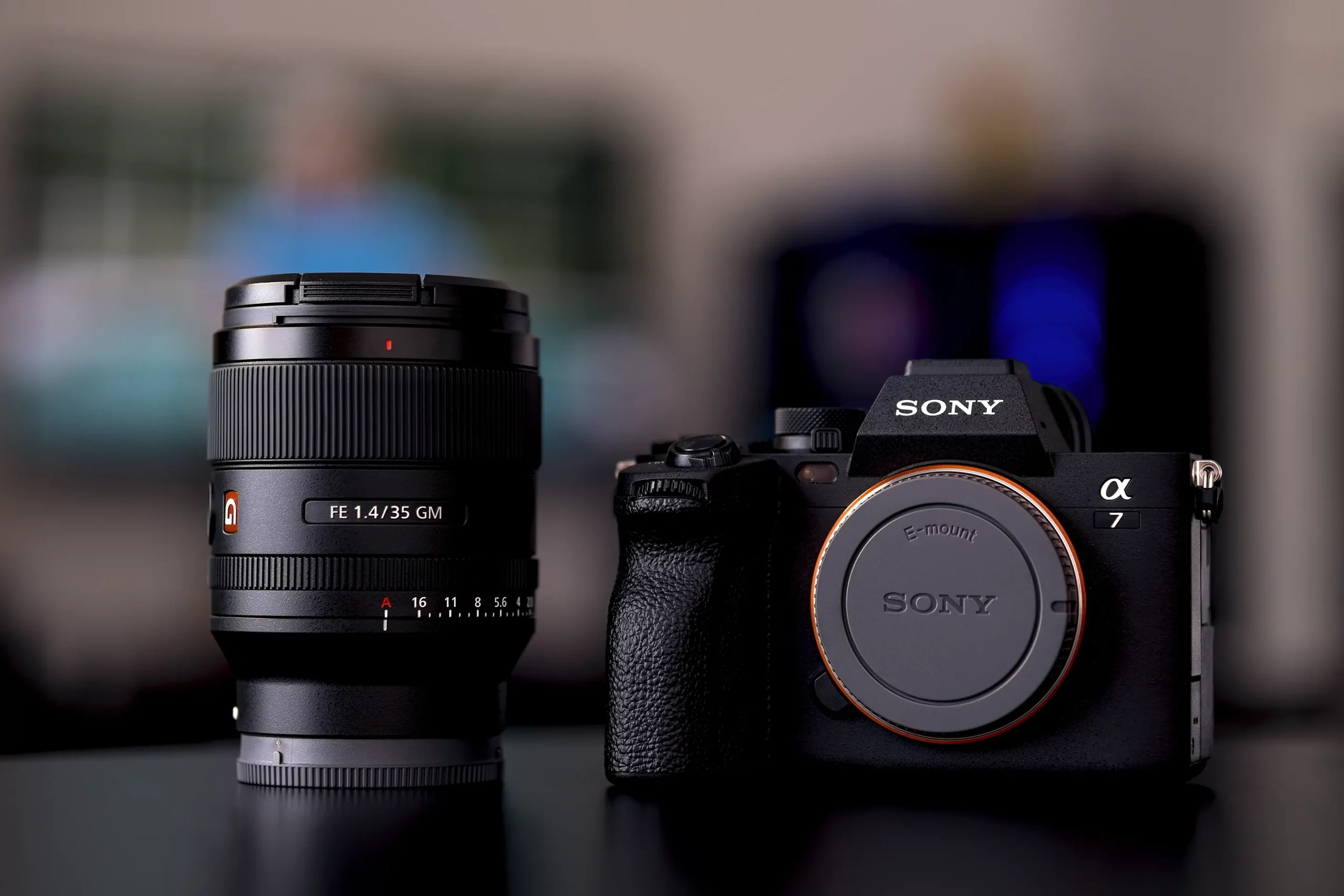

How’s the EVF compared to the R6? I read your R6 review and in that one you complained about the A7iii EVF.
I may be purchasing an A7IV soon to back up (or to be a companion) to my A7RIII, so this review was helpful. I also have the Sigma 85mm DG DN 1.4 and it’s a great bang for the buck lens. I also love the unique Sigma 35mm 1.2. Thanks for the review.
Any considering in getting an a7C II or do you need the dual card slots and better build? I had both the a7IV and a7C II and kept the latter and sold my IV as the AF is better on it. Ergonomics will be much better on the IV but the V is meant to be due soon so could wait a bit and see if it goes cheaper.